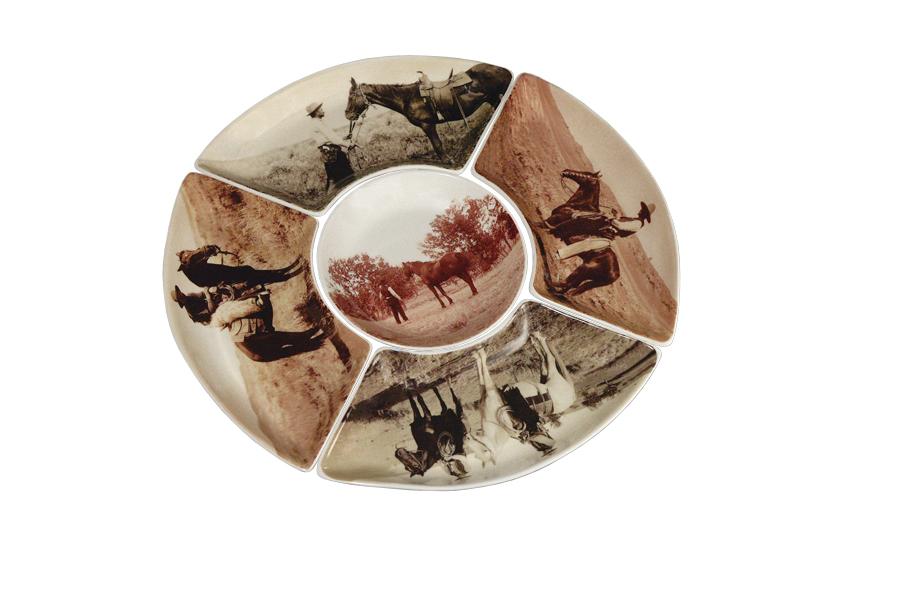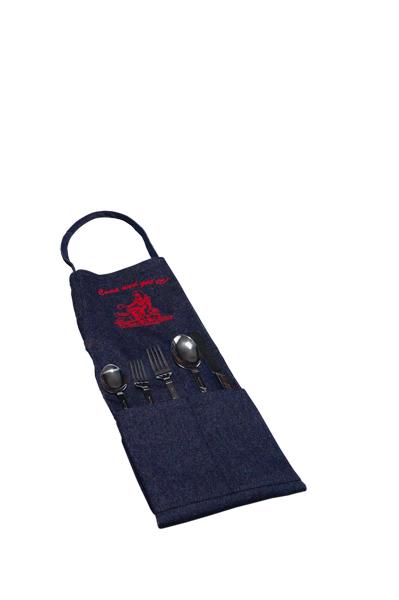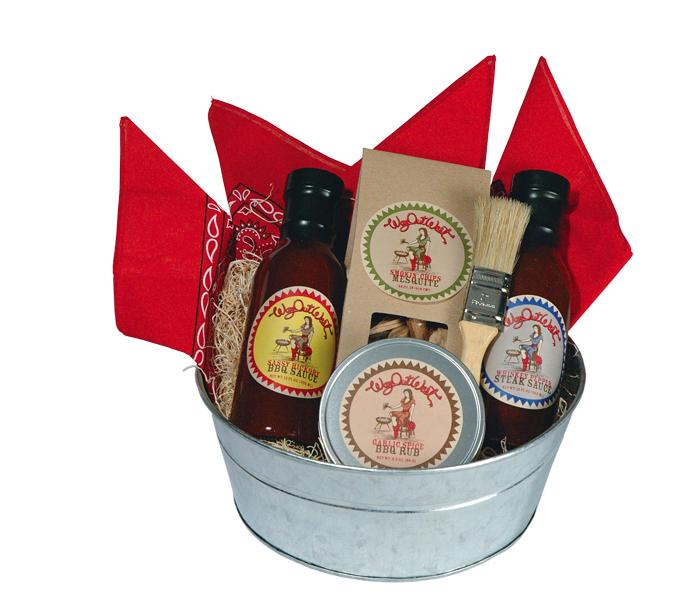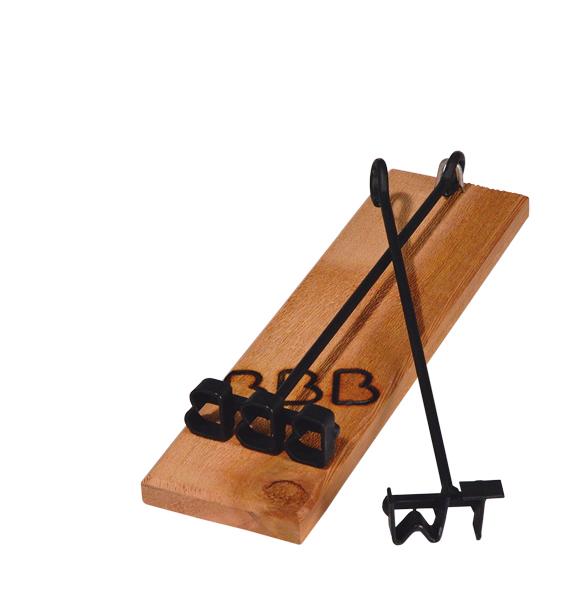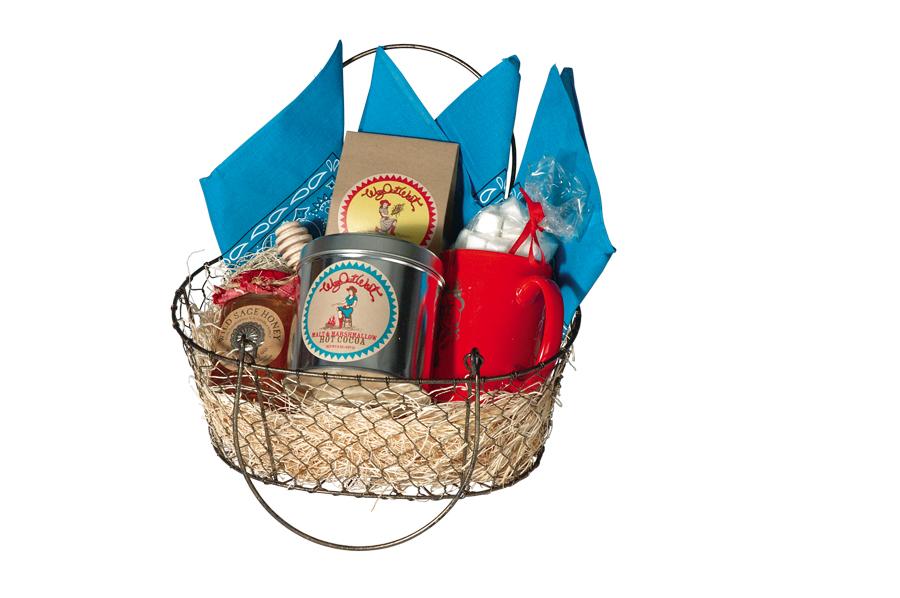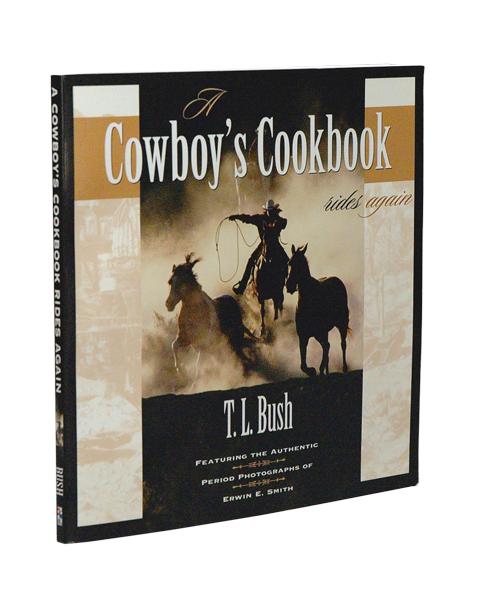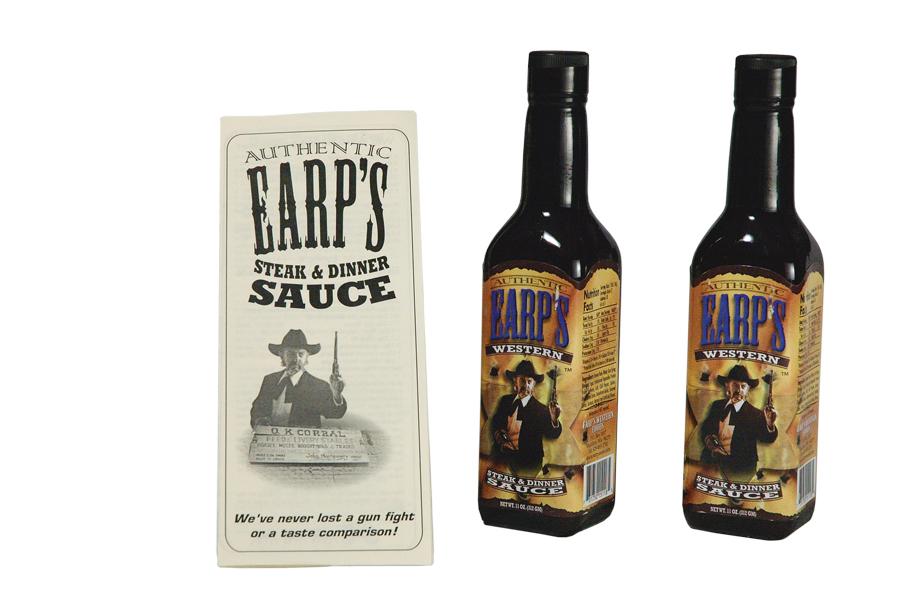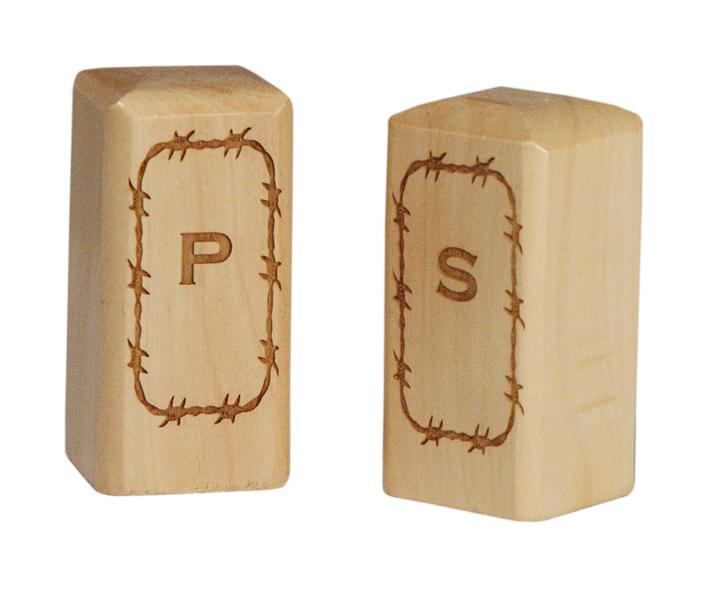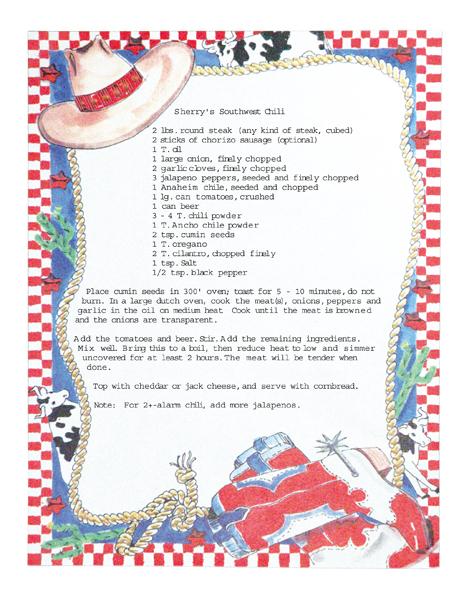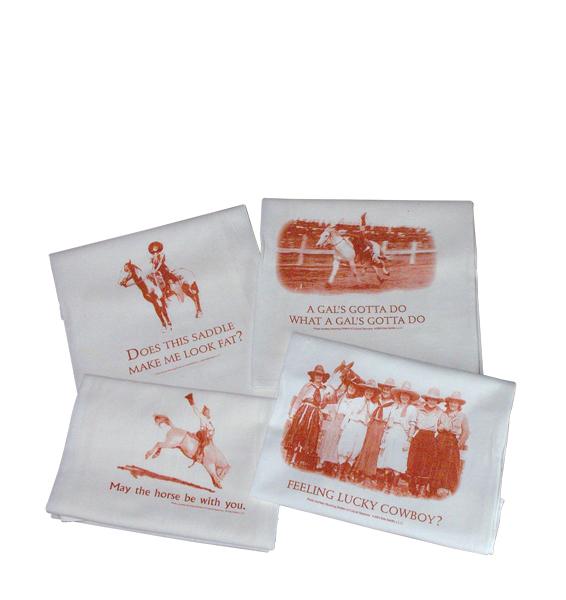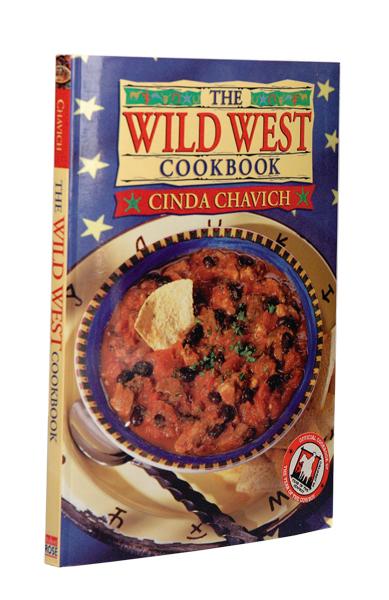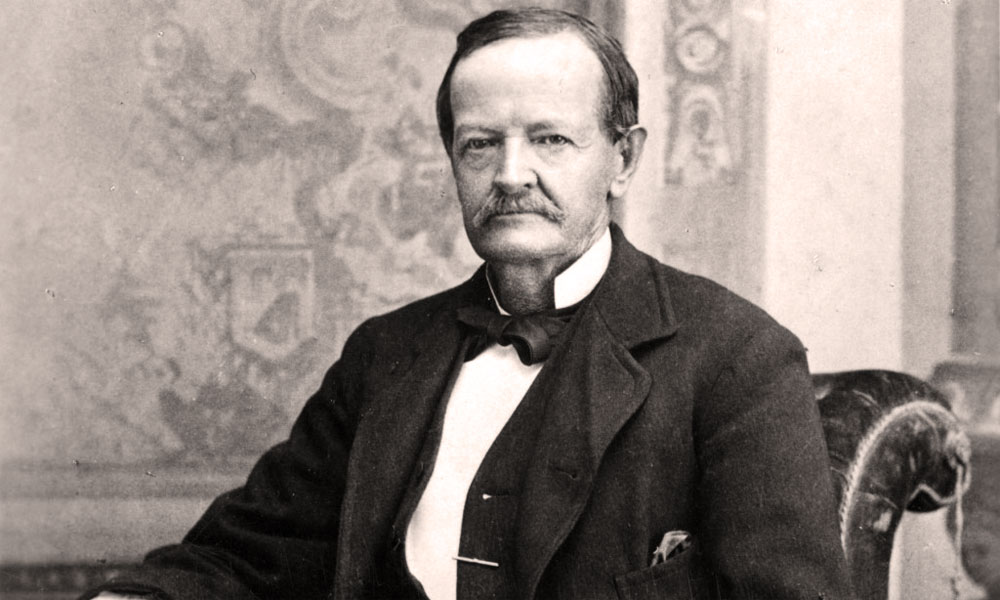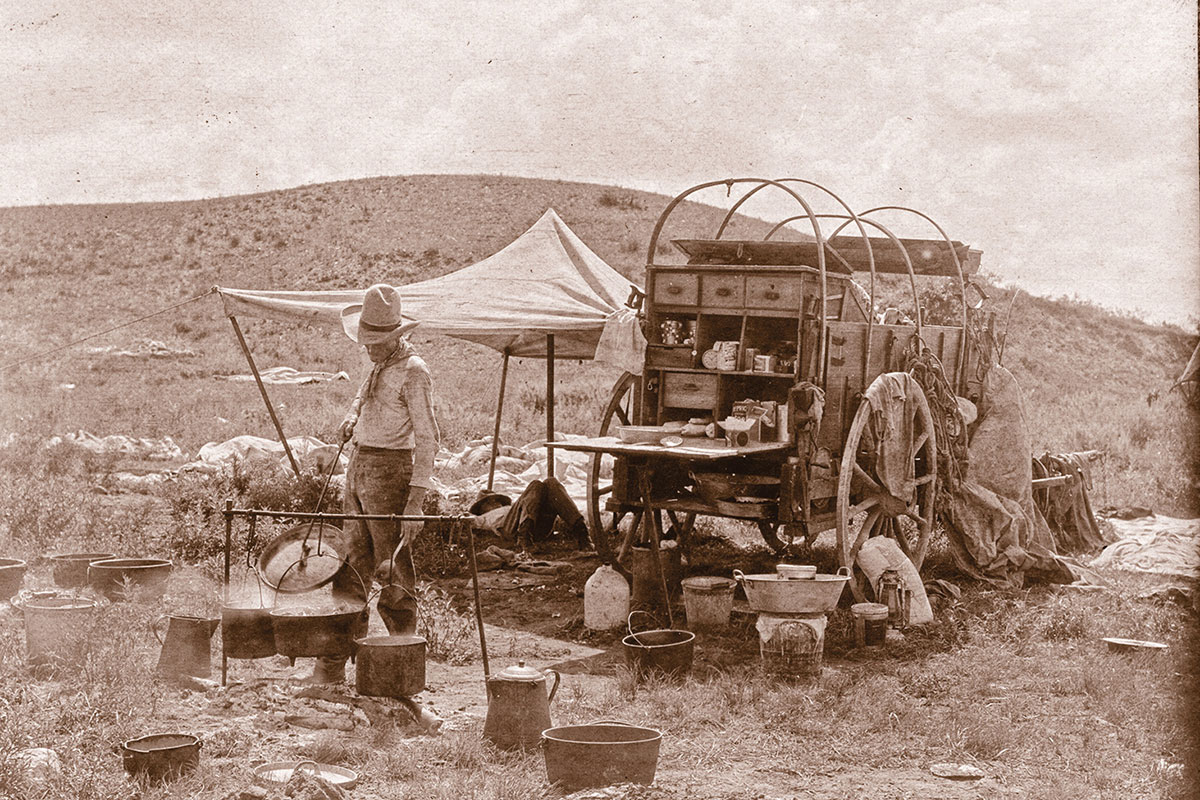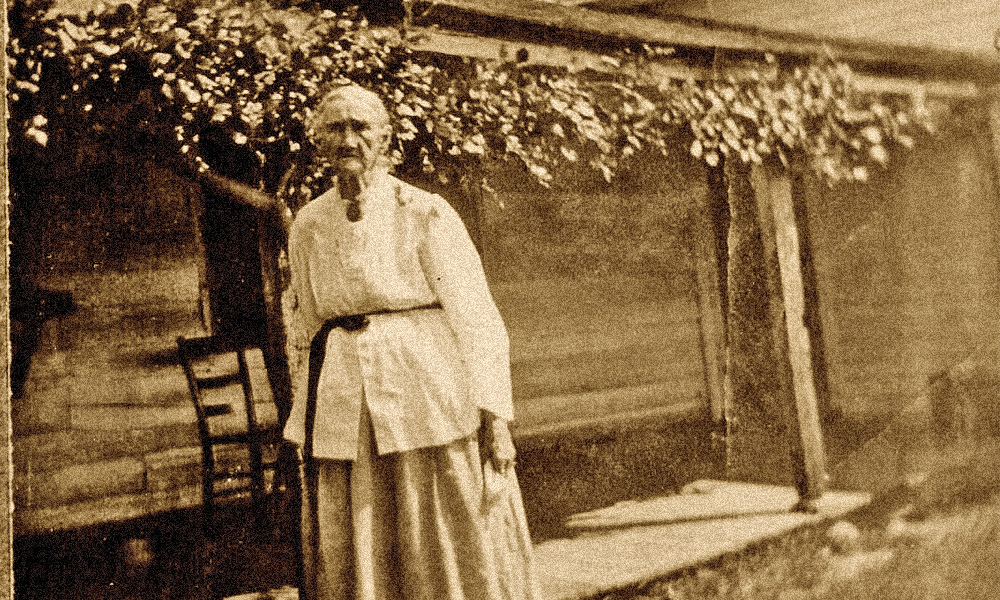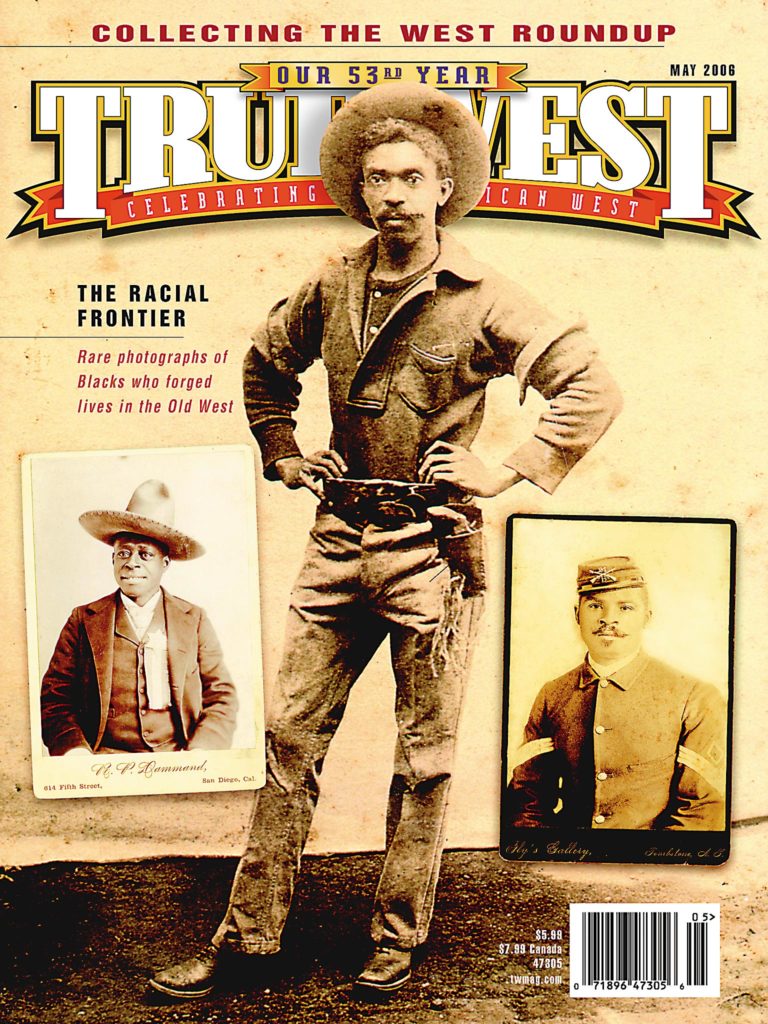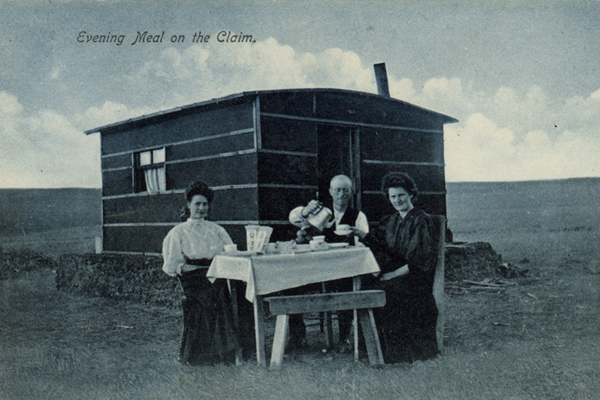 U.S. Army troops have been chowing down on chili since the 1846 war with Mexico.
U.S. Army troops have been chowing down on chili since the 1846 war with Mexico.
But the army’s official chili recipe was not published until 1896 in its The Manual for Army Cooks, says John Thorne, chili scholar and e-zine publisher at outlawcook.com. Labeled “Chile Con Carne,” the recipe calls for round beefsteak, one tablespoonful of hot dripping, two tablespoonfuls of rice, two large, dry red peppers, one cup of boiling water, a half pint of boiling water and salt, onions and flour. The time hadn’t yet come for garlic and tomatoes to be added to the mix.
The recipe continues: “Cut steak in small pieces. Put in a frying pan with hot dripping, hot water, and rice. Cover closely and cook slowly until tender. Remove seeds and part of veins from peppers. Cover with one-half pint boiling water and let them stand until cool. Then squeeze them in the hand until the water is thick and red. If not thick enough add a little flour. Season with salt and a little onion, if desired. Pour sauce on meat and serve very hot.”
Chili was on the frontier long before the Army took hold of it. So much lore surrounds the dish that its origin is debatable. From Sister Mary of Agreda, a Spanish nun in the 1600s, who supposedly wrote down the first recipe for chili con carne, to the Chili Queens mentioned in a 1927 issue of Frontier Times (a sister publication of True West). These Chili Queens fed the Spanish Army before they were moved to Market Square in 1887. “Every class of people in every station of life patronized them in the old days…. A big plate of chili and beans, with a tortilla on the side, cost a dime. A Mexican bootblack and a silk-hatted tourist would line up and eat side by side, [each] unconscious or oblivious of the other,” wrote Frank H. Bushick, San Antonio Commissioner of Taxation.
Taste of Tombstone author Sherry Monahan gives us the chili recipe that puts her back in the Western frame of mind while at home in North Carolina. “I read old chili recipes from various places and decided to come up with my own to capture the essence of the Southwest. Using spices from the Santa Cruz Spice Company in Tubac, Arizona, makes it even more authentic!” says Sherry, about her recipe included at right.
Wherever it originated, chili has long been a staple of the frontier. Humorist Will Rogers likely spoke for many when he called it a “bowl of blessedness.”
Speaking of bowls, no delicacy is complete without serving it up using the latest table settings and cooking accessories. Spice up your “mess hall” with some of the Old West kitchen wares shown on the following pages.
Photo Gallery
Five-piece Ceramic Set Featuring Photos by L.A. Huffman (1854-1931), ($120)
Western Ware, 800-282-2141, www.westernware.net
Blue Denim Apron with Utensil Holder. On front: Come and get it! ($36)
Way Out West
On front: The way to avoid housework is to live outside ($15)
Side Saddle 888-726-9447
The Galvanized Ice Bucket Contains a Bottle of Sassy Hickory BBQ Sauce, Bottle of Whiskey Pepper Steak Sauce, Garlic Spice BBQ Rub in Tin, Smokin’ Chips Mesquite, Basting Brush and Two Red Bandanna Napkins ($28)
Way Out West
($26)
Western Ware
$22 Brand Only; $36 Brand and Cedar Board
Sloan Brands 888-588-7284; www.sloanbrands.com
Chickenwire Basket Contains a Wild Sage Honey Jar, Package of Cornbread, Tin of Hot Cocoa, Mug with Sugarcubes and Two Turquoise Bandanna Napkins ($42)
Way Out West 800-469-6478; www.wayoutwest.us
T.L. Bush combines authentic recipes with period photos of cowboys from the early 20th century ($12.95)
Wild West Mercantile
($21)
Western Ware
11 oz. Sauce ($5.99)
Earp’s Western Foods 888-430-5644; www.earpswest.com
A Set of Four Steak Knives with Wooden Handles ($37)
Moss Brothers
8 oz. of Powder ($14)
Way Out West
Wooden Shakers with Barbed Wire Design ($14.50 per pair)
Moss Brothers 866-466-8035
Set of Four Towels: Does this saddle make me look fat?; A gal’s gotta do what a gal’s gotta do; May the horse be with you; and Feeling lucky cowboy? ($36)
Side Saddle
Cinda Chavich shares more than 130 recipes inspired by chuckwagons and 19th-century homesteads ($17.95)
Wild West Mercantile 800-596-0444; www.wildwestmercantile.com


